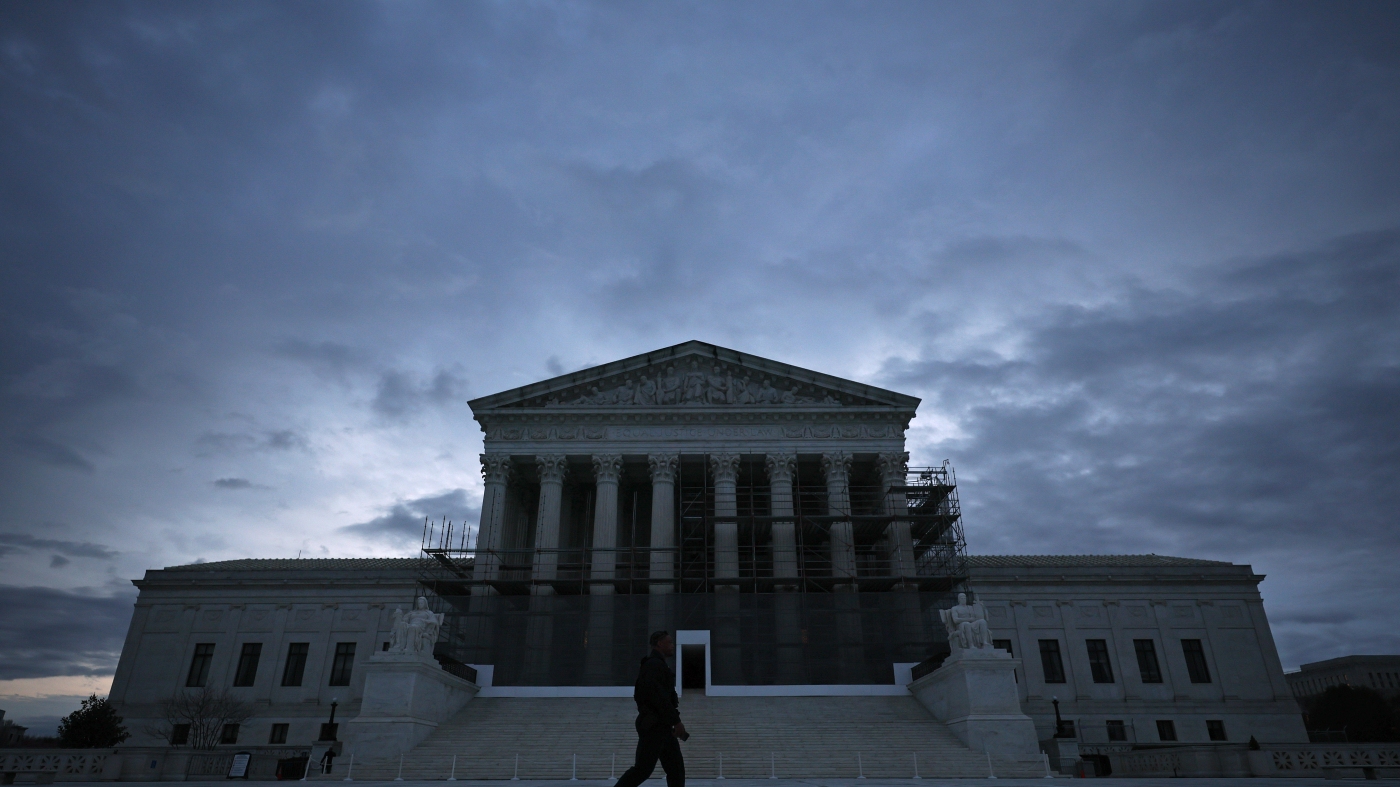The Supreme Court’s Climactic Final Stretch: Decisions That Will Shape America
As the Supreme Court nears the end of its term, anticipation builds around approximately twenty outstanding cases that promise to leave a lasting imprint on the nation’s legal and political fabric. This final phase, already a season of heightened focus, is exceptionally charged with matters that traverse the deeply interconnected domains of administrative law, reproductive rights, and politically fraught election issues. The outcomes of these cases hold significance far beyond legal technicalities—they will echo across policies, societal debates, and public trust in the judiciary.
Weighing the Stakes: High-Profile Cases and Broader Implications
The remaining docket represents a broad spectrum of pressing legal challenges. Among them, issues of reproductive health take center stage, especially through the pending case concerning the abortion pill. This case grapples not just with regulatory authority, but also with the broader societal tensions surrounding abortion access in America. Its importance is heightened by the unusual judicial dynamics at play—some justices who have historically adopted a hardline stance against abortion or have been skeptical of regulatory bodies appear to be carefully evaluating the potential consequences of endorsing prior lower court rulings. This caution highlights how legal decisions intertwine with political sensitivities and public welfare considerations.
Beyond reproductive rights, the Court is poised to redefine administrative law. For decades, the “Chevron” doctrine, which granted wide deference to federal agencies interpreting statutes, has shaped regulatory governance. The current term signals a paradigm shift, as the Court scrutinizes and potentially limits this deference. This judicial trend toward restricting agency power marks a pivotal rebalancing act, effectively amplifying the judiciary’s and legislators’ influence over regulatory outcomes. Such recalibration carries broad implications, affecting policies on environmental protections, healthcare, and many other sectors dependent on federal oversight.
Navigating Turbulent Political Waters: Election Cases and Presidential Immunity
The Court’s docket is not insulated from the political storms sweeping the nation. Cases linked to former President Donald Trump—such as the question of presidential immunity from criminal prosecution amid election interference allegations—occupy a significant space in this final term stretch. These cases spotlight how the Supreme Court functions within the broader political narrative, shaping and being shaped by contemporary controversies.
This intertwining with politics extends beyond individual cases. Recent Court activity involving emergency appeals and executive order challenges related to the previous administration paints a picture of a judiciary deeply engaged with high-stakes political issues. These decisions inevitably affect public perceptions of the Court’s role during a period marked by electoral tension and societal division, underscoring the delicate balance the justices must maintain between law, politics, and legitimacy.
Administrative Law on a New Trajectory: Shifting the Balance of Power
At the heart of this term’s transformation lies the Supreme Court’s evolving stance on regulatory rulemaking. Traditionally, the Chevron framework empowered agencies with broad authority to interpret ambiguous statutes—a principle that fostered regulatory flexibility and adaptability. Challenging this foundation, the Court’s recent jurisprudence signals reduced deference to administrative agencies.
Such a shift effectively redistributes power, enhancing judicial oversight and inviting greater legislative responsibility in defining regulatory scopes. The ripple effects are substantial: federal agencies may face more rigorous scrutiny when enacting policies, potentially making regulatory innovation more challenging. This more cautious regulatory climate will influence a wide range of policy areas, from environmental safeguards to public health initiatives, indicating a judiciary intent on reshaping governance structures.
The Abortion Pill Ruling: At the Crossroads of Law and Emotion
The abortion pill case encapsulates a uniquely complex arena where law, politics, and social values converge. It raises fundamental questions about the interplay between state and federal authority, regulatory agency roles, and the deeply divided public sentiment on abortion. The Court’s decision will either reaffirm or curtail access to this medication, impacting millions and potentially reigniting national debates on reproductive rights.
What distinguishes this case is the prospect of unconventional coalitions among the justices. Divergences that transcend simple ideological lines could emerge, as legal reasoning intersects with pragmatic considerations about public impact and institutional legitimacy. This scenario demonstrates how Supreme Court rulings reach far beyond legal doctrine—their societal resonance shapes collective identities and values.
Pressures and Pace as the Term Approaches Its Close
With just weeks before the term concludes, the Supreme Court faces intense pressure to deliver its opinions. The goal is to finalize rulings within the traditional timeline, steering clear of summer delays that can diminish the sense of urgency and public engagement. However, the weighty nature of pending cases and the charged political atmosphere suggest a tumultuous, rather than composed, finale.
The Court must balance complex legal questions against heightened public scrutiny, navigating a path that preserves its authority and credibility. This final phase signals not only a legal reckoning but also a moment of profound institutional testing.
Concluding Reflection: A Term That Redefines and Reverberates
This Supreme Court term stands as a pivotal juncture—a period marked by significant legal recalibrations amid a polarized political context. The decisions on abortion access, administrative power, and electoral controversies will reverberate through American governance and society for years to come. How the Court navigates these challenges will define not only the contours of law and policy but also the enduring legitimacy of the United States’ highest judicial body.
As the justices prepare their opinions, one truth is clear: this term’s end will be thunderous, shaping the nation’s legal landscape and societal trajectory in profound, lasting ways.

